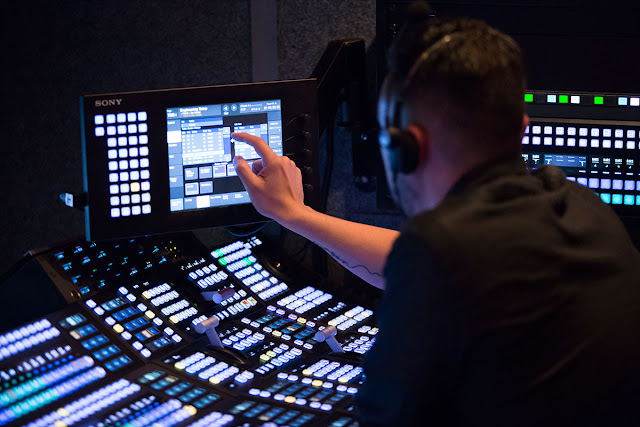It starts off with four directors explaining how they got into the position of multi camera directing from other various roles like floor managing and editing. As the video goes on they then go on to explain their experiences and tips on directing a multi cam show.
Nikki Parsons who is the director for the popular TV show 'Strictly Come Dancing' explains the difference between a show that is not live and a show that is. She says how when a show is not live there are several takes and pick ups that can be done over and over until the director is happy with what they have got. It is then sent to the edit suit where it is cut together to make the final product which is then aired. With live TV, the editing is done as it is going along. This is the directors job in all aspects from music, camera cuts and graphics, everything that is needed at each point will be instant and will be seen live as it happens. This is my multiple cameras are needed to allow for the different shots that need to be cut to. With it being live, this leaves no room for error as Nikki says you have to deliver every time when your live as its going out to the audience as its being filmed.
Another director Phil Heyes who works on the singing talent show 'The X-Factor' explains a lot about the pressure the job entails. He says that in order for you to make a great multi camera director, you have to remain calm in order to make sensible decisions when you are live on air. This is important for me to take forward in Del's workshops, remaining calm under the pressure will help me to focus and to do the best job I can possibly do.
The video goes back to Nikki who explains that a director should watch, learn and listen from everybody and never assume that you know everything. Its always good to hear from everybody and to watch and understand their job and what they have to do to make it happen for you as you will then understand the whole process and know what you are asking from then when you ask for it.
I have understood a lot of things from this video and realise what is expected from me when I direct 'Steal The Style'. I will take all of these tips on board.

































